Acne
is a skin condition that occurs when your hair follicles become plugged with oil and dead skin cells. It causes whiteheads, blackheads or pimples. Acne is most common among teenagers, though it affects people of all ages.
Read more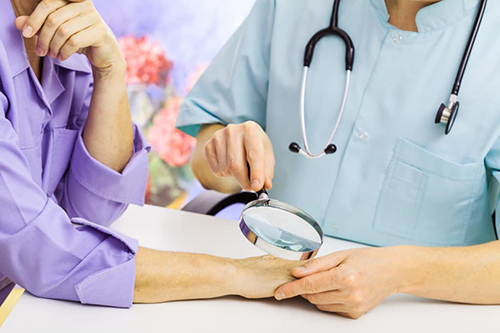
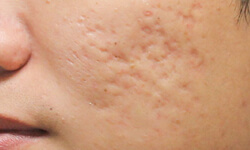
is a skin condition that occurs when your hair follicles become plugged with oil and dead skin cells. It causes whiteheads, blackheads or pimples. Acne is most common among teenagers, though it affects people of all ages.
Read more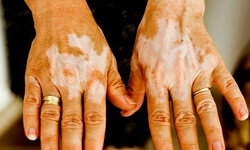
is a condition where skin loses its pigment cells (melanocytes). This can result in discolored patches in different areas of the body, including the skin, hair and mucous membranes. Vitiligo is a disease that causes loss of skin color in patches.
Read more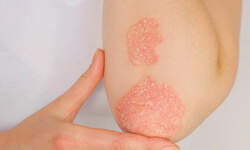
Psoriasis is a skin disorder that causes skin cells to multiply up to 10 times faster than normal. This makes the skin build up into bumpy red patches covered with white scales. They can grow anywhere, but mostly appear on the scalp, elbows, knees, and lower back.
Read more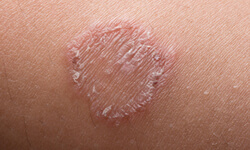
Fungal infection is the study and treatment of sexually transmitted diseases. Although it was on a decline in the ...
Read more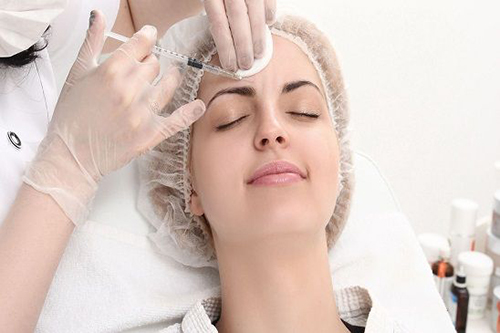
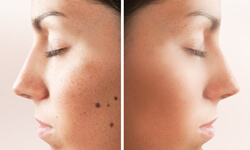
If your mole is cancerous, your doctor will do a surgical procedure to remove it. If you have a mole that causes irritation when you shave, you may want to have it removed.
Read more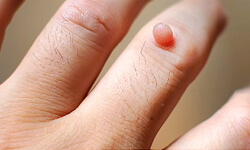
Warts are skin growths that are caused by the human papillomavirus (HPV). There are more than 60 kinds of HPV, some of which tend to cause warts on the skin. HPV stimulates quick growth of cells on the skin's outer layer. In most cases, common warts appear on the fingers, near the fingernails, or on the hands. Certain types of HPV can also cause warts to appear in the genital area.
Read more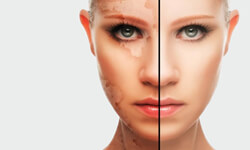
If your dermatologist suspects that you have vitiligo, your dermatologist will:
Read more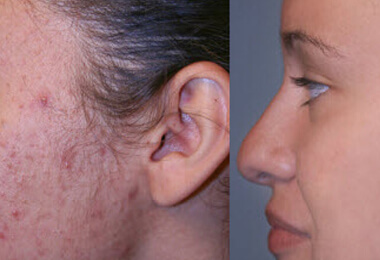
Acne scars are stubborn, and no single treatment is best for everyone. Various methods may help improve your complexion. Your doctor may suggest one or a combination of these.
Read more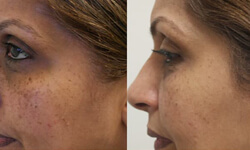
Freckles are harmless clusters of tiny brown or reddish spots on the skin caused due to sun exposure. They are about 1 - 2 mm in size and usually appear on the face, neck, arms, back and chest.
Read more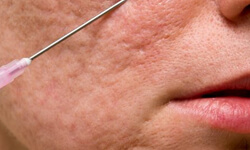
Subcision is a simple and safe office surgery procedure for treatment of depressed acne scars. It can easily be combined with other treatments such as laser, dermaroller and scar revisions for maximum efficacy.
Read more
Hair transplantation is a surgicaltechnique where hair follicles are extracted from one part of the body, called the 'donor site', and transplanted to a bald or balding part of the body known as the 'recipient site'. The technique is primarily used to treatmale pattern baldness. In this minimally invasive procedure, grafts containing hair follicles that are genetically resistant to balding (like the back of the head) are transplanted to the bald area of the scalp. Hair transplantation can also be used to restore eyelashes, eyebrows, beard hair, chest hair, pubic hair and to fill in scars caused by accidents or surgery such as face-lifts and previous hair transplants.
The most common cause is androgenetic alopecia, also known as male pattern hair loss due to the effects of dihydrotestosterone (DHT) on the hair follicles. A variety of factors may lead to this condition such as hormonal effects, age, diet, autoimmunity, emotional stress, physical stress, drug effects, genetics, or infections.
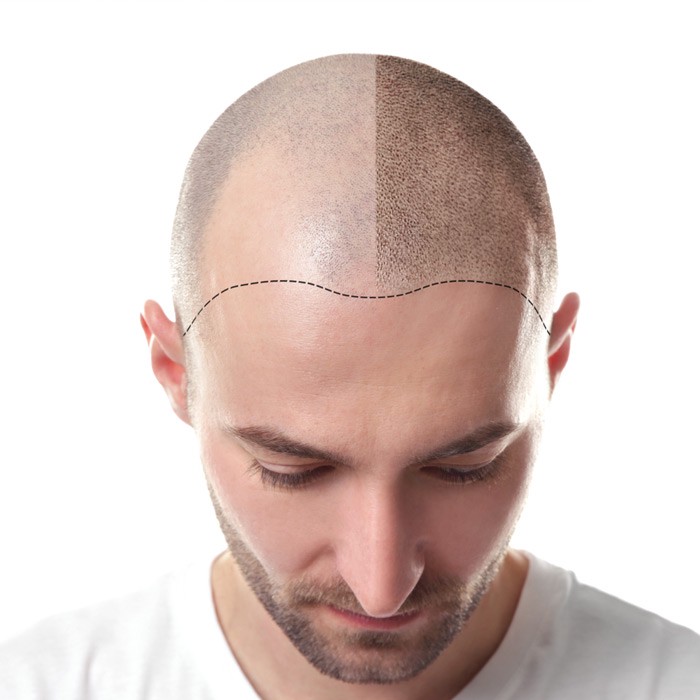
Hair naturally grows in groups of 1 to 4 hairs, current techniques harvest and transplant hair "follicular units" in their natural groupings. Thus modern hair transplantation can achieve a natural appearance by mimicking original hair orientation. This hair transplant procedure is called follicular unit transplantation (FUT). Donor hair can be harvested in two different ways: strip harvesting, and follicular unit extraction (FUE).
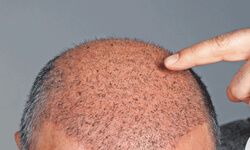
This is a novel technique in which individual follicular units are harvested with great care with help of a microscope and micro instruments so as to produce barely visible pits and when heals leaves behind non discernible scars which look scarless unlike FUT technique in which there is a linear scar and hence will remain visible.. The grafts are kept by a specific technique to preserve vitality of the grafts.
Read more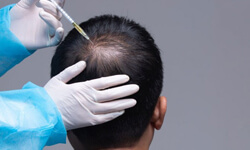
Platelet Rich Plasma (PRP) therapy presents patients with a long lasting, non surgical solution for hair fall which is not being controlled by other forms of therapy. This involves the application of concentrated platelets rich in bioactive proteins, which release growth factors to stimulate cellular regeneration and accelerate tissue repair.
Read more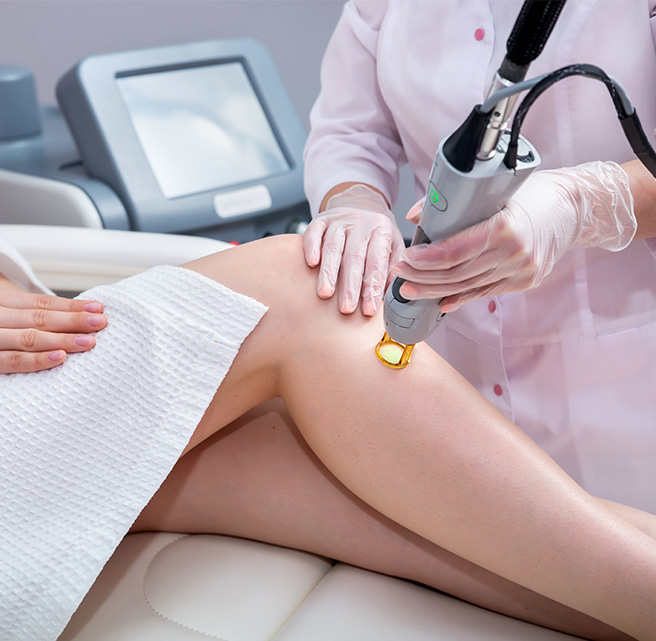
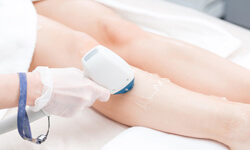
Laser hair removal (LHR) is the process of hair removal by means of exposure to pulses of laser light that destroy the hair follicle. This is one of the safest and long lasting methods of hair removal.
Read more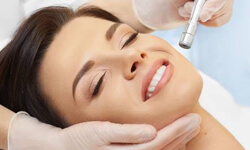
Laser toning is a procedure which uses a Q switched NdYAG laser at low energy to reduce the pigmentation over the skin. The procedure uses low energy, and thus, protects the skin from any side effects, making the treatment very safe for all skin types.
Read more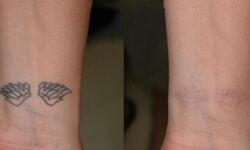
Tattoo Removal - The "standard modality for tattoo removal" is the non-invasive removal of tattoo pigments using Q-switched lasers. Different types of Q-switched lasers are used to target different colors of tattoo ink depending on the specific light absorption spectra of the tattoo pigments.
Read more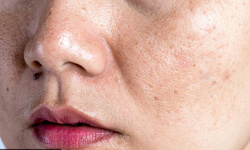
There may be pigmentation of the face due to various reasons such as tanning, allergy, to dye, kumkum or facial cosmetics. They can be treated in multitude of ways such as laser toning, chemical peeling, topical medicines and sun screens to varying extent.
Read more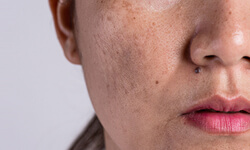
Melasma is a common skin problem. The condition causes dark, discolored patches on your skin. It's also called chloasma, or the “mask of pregnancy,” when it occurs in pregnant women. The condition is much more common in women than men, though men can get it too.
Read more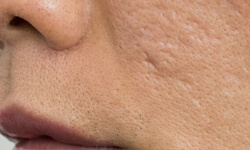
Acne Sacrs - As we age, acne scars often become more noticeable because our skin loses collagen.The key to effective treatment is to select the best one for each scar type. Before getting treatment for acne scars, it is important to clear your acne. New acne breakouts can lead to new acne scars. Having acne also means that your skin is inflamed. Inflammation reduces the effectiveness of treatment for acne scars.To obtain the best results, a dermatologist first examines your skin. After the exam, some patients are surprised to learn that their acne scars are actually a different skin problem.
Read more
Botox is a drug that weakens or paralyzes muscle. In small doses, it can reduce skin wrinkles and help treat some medical conditions such as hyperhydrosis (excessive sweating). As a cosmetic
Read more
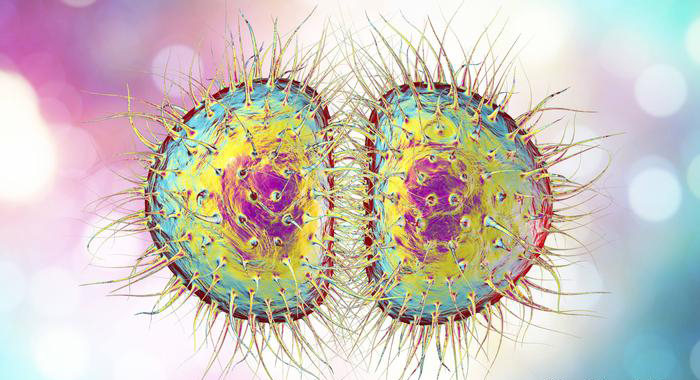
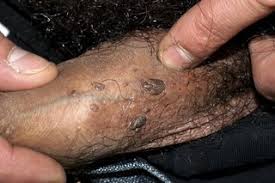
Venereology is a branch of medicine that is concerned with the study and treatment of sexually transmitted diseases. The name is derived from Roman goddess Venus, associated with love, beauty and fertility.
Read more